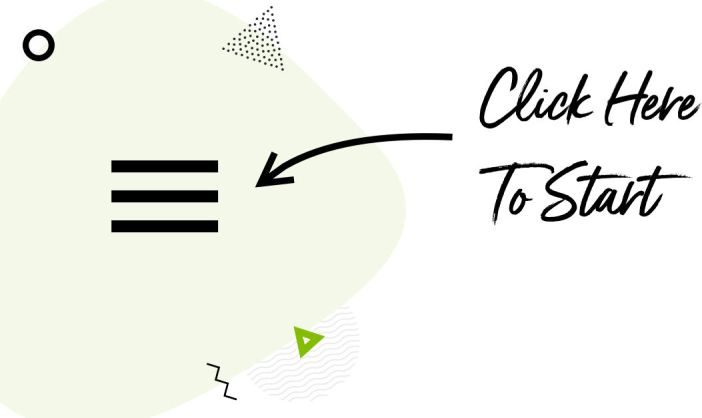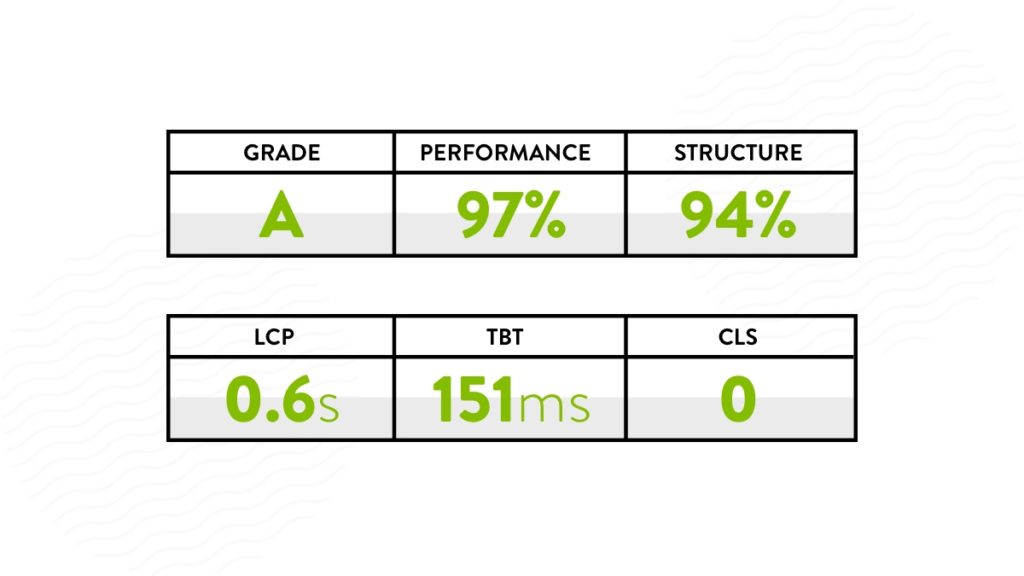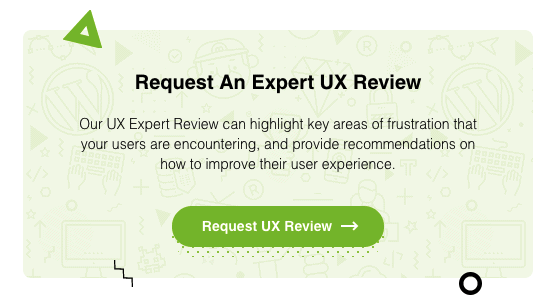11 Tips For Crafting An Engaging Homepage
Your homepage is the gateway to your entire website. It’s your opportunity to make a great first impression and drive your visitors towards a conversion. These 11 factors help you make your homepage a success by optimising it for audience expectations and needs.





